
Victor Andrew de Bier Everleigh McLaglen was a British-American actor and boxer. His film career spanned from the early 1920s through the 1950s, initially as a leading man, though he was better known for his character acting. He was a well-known member of John Ford’s Stock Company, appearing in 12 of the director’s films, seven of which co-starred John Wayne.

Michael Charles Gauntlet Wilding was an English stage, television, and film actor. He is best known for a series of films he made with Anna Neagle; he also made two films with Alfred Hitchcock, Under Capricorn (1949) and Stage Fright (1950); and he guest starred on Hitchcock's TV show in 1963. He was married four times, including to Elizabeth Taylor, with whom he had two sons.

Margaret Mary Day Lockwood, CBE, was a British actress. One of Britain's most popular film stars of the 1930s and 1940s, her film appearances included The Lady Vanishes (1938), Night Train to Munich (1940), The Man in Grey (1943), and The Wicked Lady (1945). She was nominated for the BAFTA Award for Best British Actress for the 1955 film Cast a Dark Shadow. She also starred in the television series Justice (1971–74).

Forrest Meredith Tucker was an American actor in both movies and television who appeared in nearly a hundred films. Tucker worked as a vaudeville straight man at the age of fifteen. A mentor provided funds and contacts for a trip to California, where party hostess Cobina Wright persuaded guest Wesley Ruggles to give Tucker a screen test because of Tucker's photogenic good looks, thick wavy hair and height of six feet, five inches.
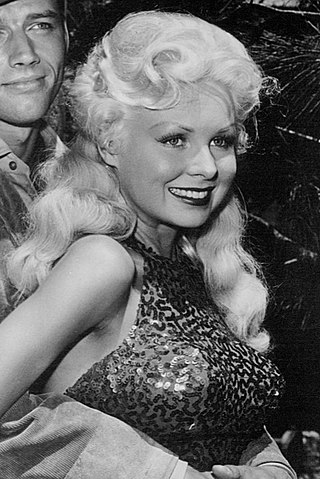
Joi Lansing was an American model, film and television actress, and nightclub singer. She was noted for her pin-up photos and roles in B-movies, as well as a prominent role in the famous opening "tracking shot" in Orson Welles' 1958 crime drama Touch of Evil.
Andrew Victor McLaglen was a British-born American film and television director, known for Westerns and adventure films, often starring John Wayne or James Stewart.
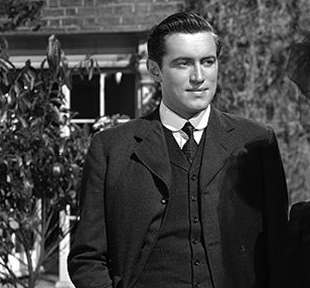
John Neil McCallum was an Australian theatre and film actor, highly successful in the United Kingdom. He was also a television producer.

Rob Roy: The Highland Rogue is a 1953 adventure film produced by RKO-Walt Disney British Productions which is about Rob Roy MacGregor. It was the last Disney film released through RKO Radio Pictures.

Clan MacFarlane is a Highland Scottish clan. Descended from the medieval Earls of Lennox, the MacFarlanes occupied the land forming the western shore of Loch Lomond from Tarbet up-wards. From Loch Sloy, a small sheet of water near the foot of Ben Vorlich, they took their war cry of Loch Slòigh.
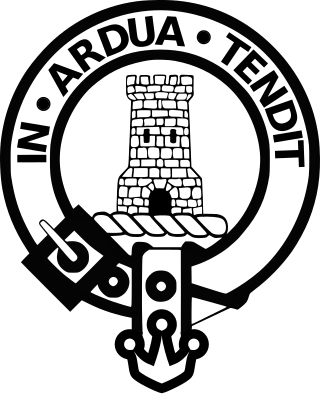
The Clan Malcolm, also known as the Clan MacCallum, is a Highland Scottish clan. The Clan MacCallum may have originally been a separate clan until the 18th century, when the chief of the Clan MacCallum adopted the name Malcolm after inheriting the Malcolm estate, and the two clans were drawn together under the same chief.
Bernard Knowles was an English film director, producer, cinematographer and screenwriter. Born in Manchester, Knowles worked with Alfred Hitchcock on numerous occasions before the director emigrated to Hollywood.

Herbert Sydney Wilcox CBE was a British film producer and director.

Ronald Alfred Shiner was a British stand-up comedian and comedy actor whose career encompassed film, West End theatre and music hall.

Stewart of Balquhidder is a Perthshire branch of the Stewart clan and scions of the royal House of Stewart from an illegitimate branch. They are descended from Sir William Stewart of Baldorran, who was the great grandson of Murdoch Stewart, Duke of Albany, executed by King James I of Scotland for treason in 1425. Murdoch Stewart was himself the grandson of King Robert II of Scotland, who founded the Stewart dynasty.
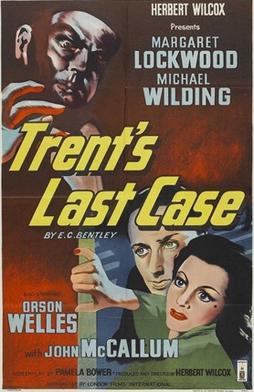
Trent's Last Case is a 1952 British detective film directed by Herbert Wilcox and starring Michael Wilding, Margaret Lockwood, Orson Welles and John McCallum. It was produced by Wilcox as part of a distribution agreement with Republic Pictures. It was based on the 1913 novel Trent's Last Case by E. C. Bentley, and had been filmed previously in the UK with Clive Brook in 1920, and in a 1929 US version.
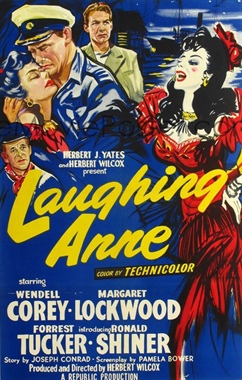
Laughing Anne is a 1953 British adventure film directed by Herbert Wilcox and starring Wendell Corey, Margaret Lockwood, Forrest Tucker, and Ronald Shiner. It was adapted from Joseph Conrad's short story, "Because of the Dollars" and from his 1923 two-act play, Laughing Anne. The film was shot at Shepperton Studios outside London. The film's sets were designed by the art director William C. Andrews and costumes were by Elizabeth Haffenden.
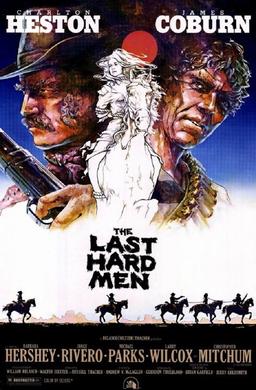
The Last Hard Men is a 1976 American Western film directed by Andrew McLaglen, based on the 1971 novel Gundown by Brian Garfield. It stars Charlton Heston and James Coburn, with supporting roles by Barbara Hershey, Jorge Rivero, Michael Parks, and Larry Wilcox in his screen debut.

Cardboard Cavalier is a 1948 British historical comedy film directed by Walter Forde and starring Sid Field, Margaret Lockwood and Jerry Desmonde.
Margaret Cardin (1906–1998) was an Australian film editor and negative cutter, who worked on films such as Picnic at Hanging Rock (1975), the original Mad Max (1979) and the sequel, Mad Max 2: The Road Warrior(1981)
William C. Andrews was a British art director who designed film sets for a number of productions. During the 1940s he frequently worked for producer Herbert Wilcox. Later in his career he was generally credited as Bill Andrews.
















